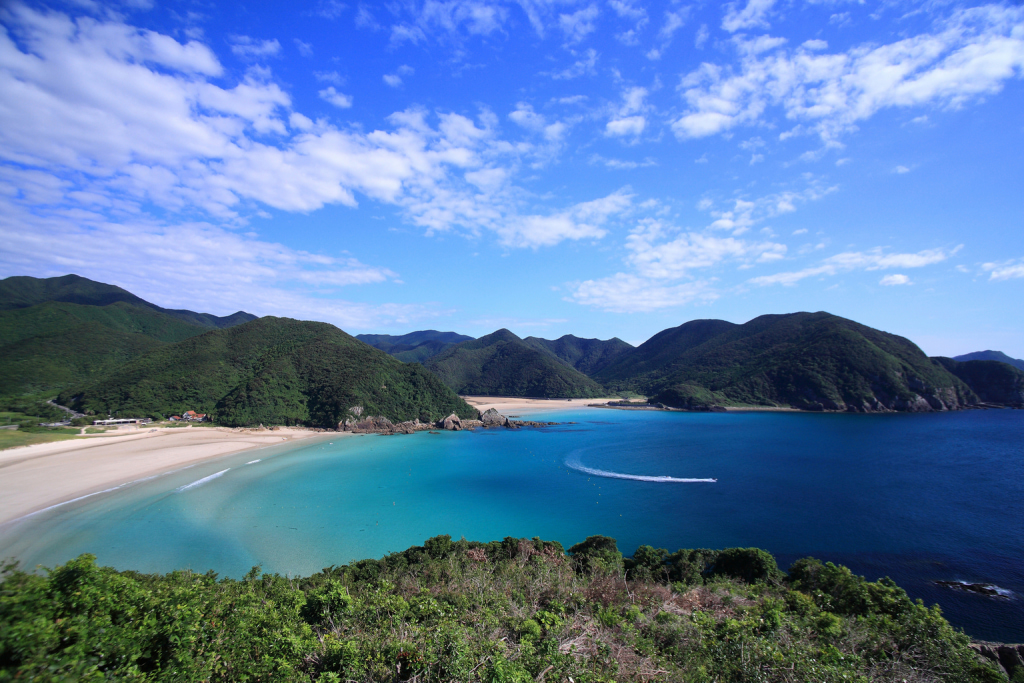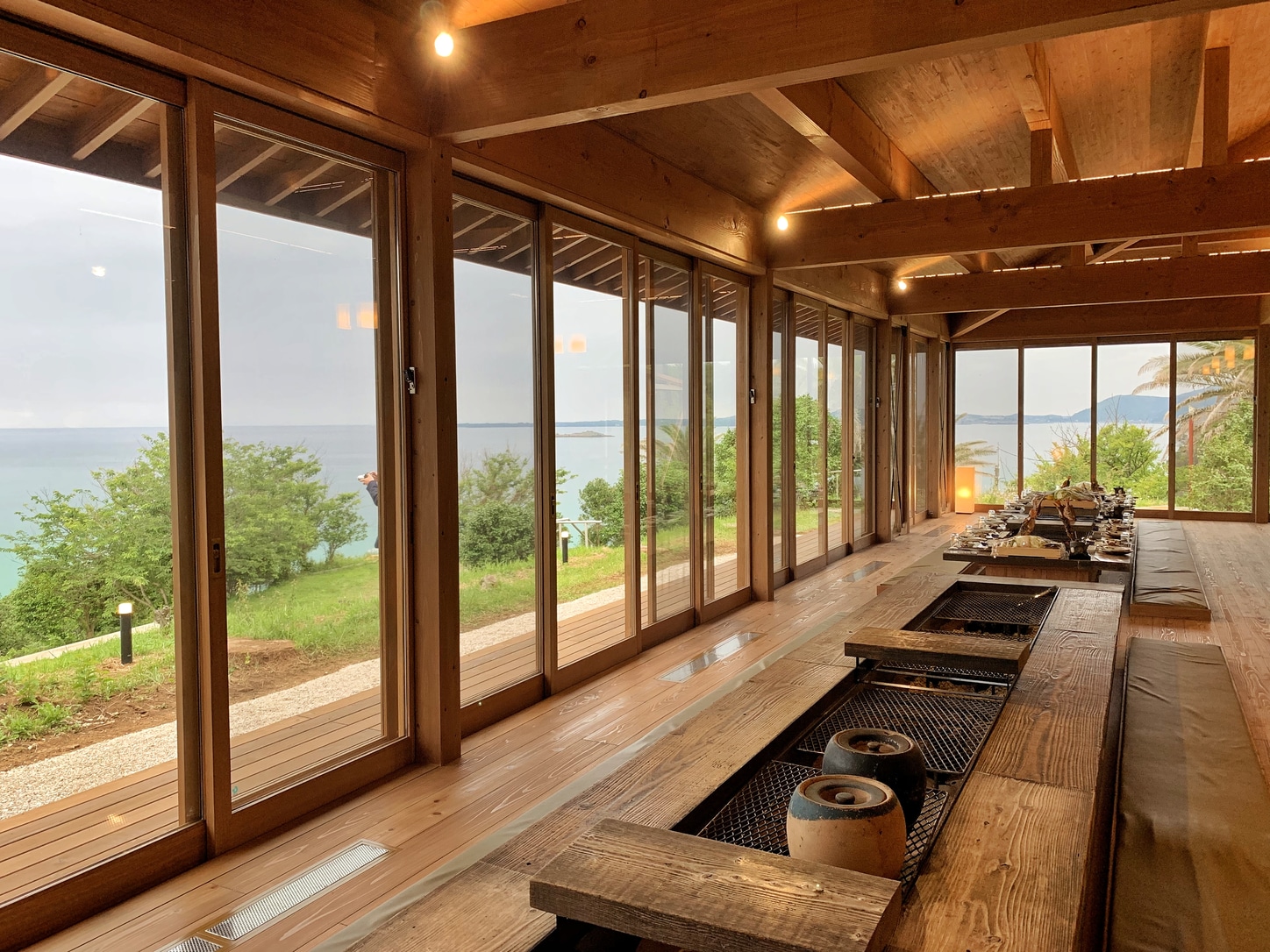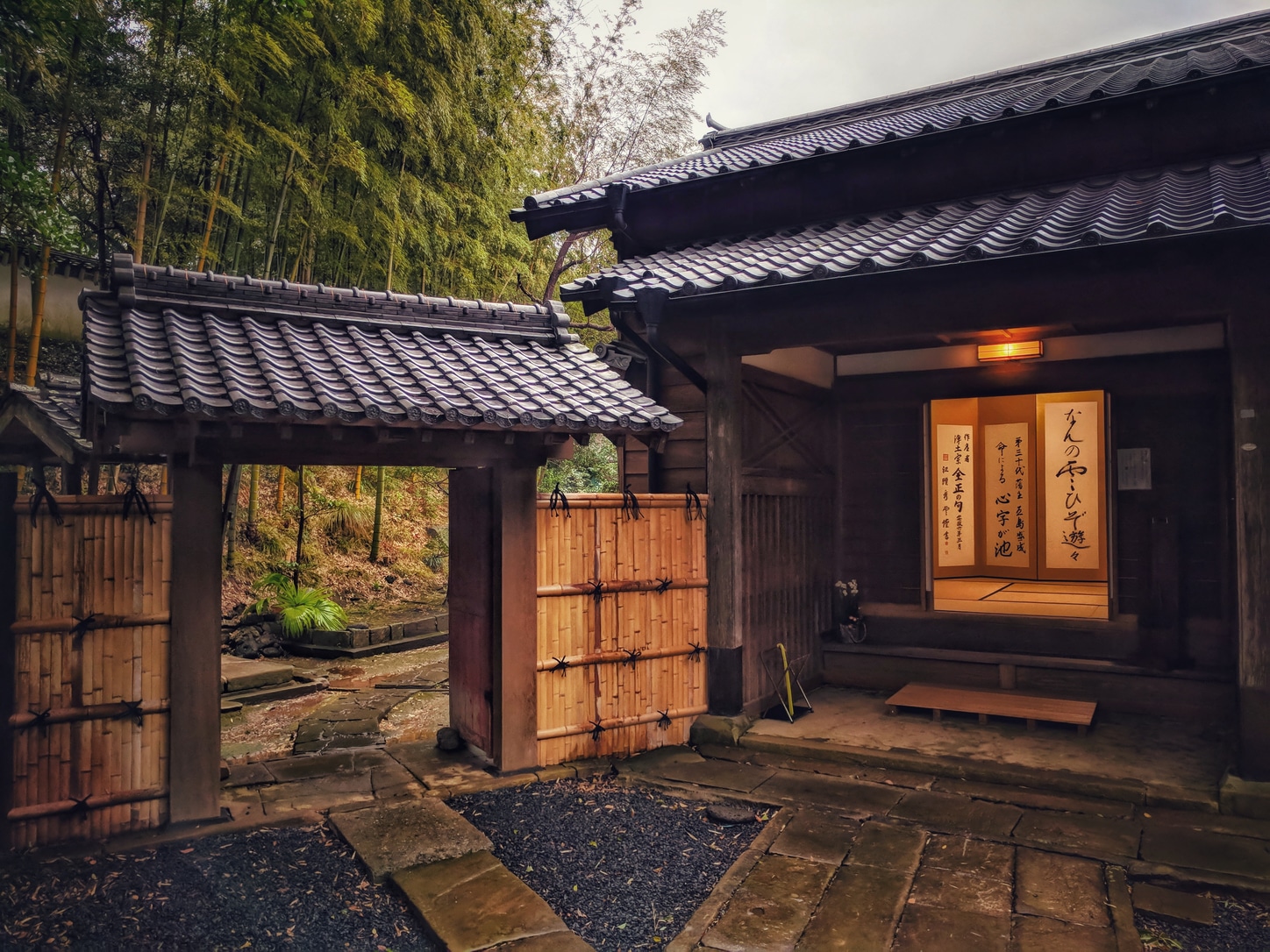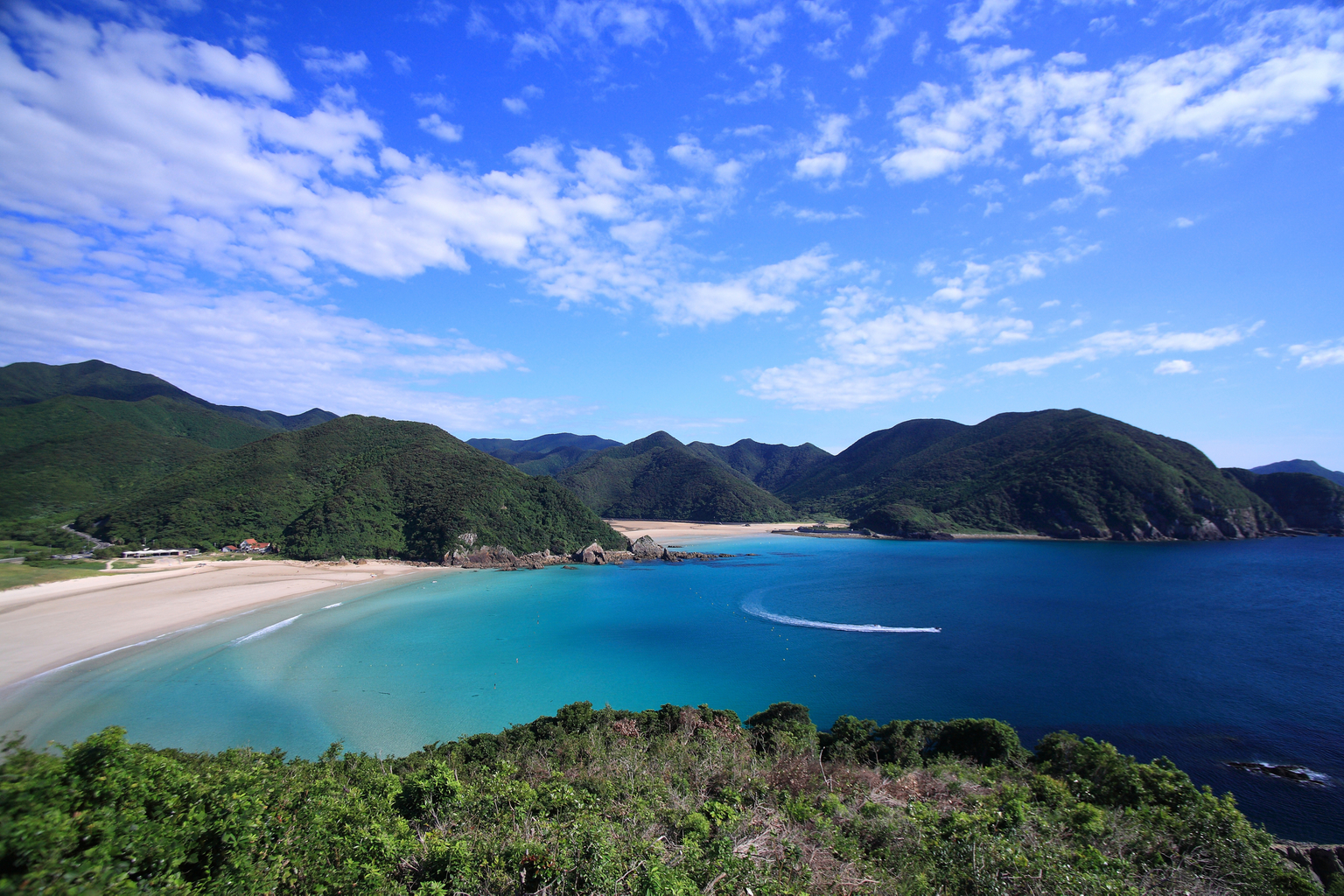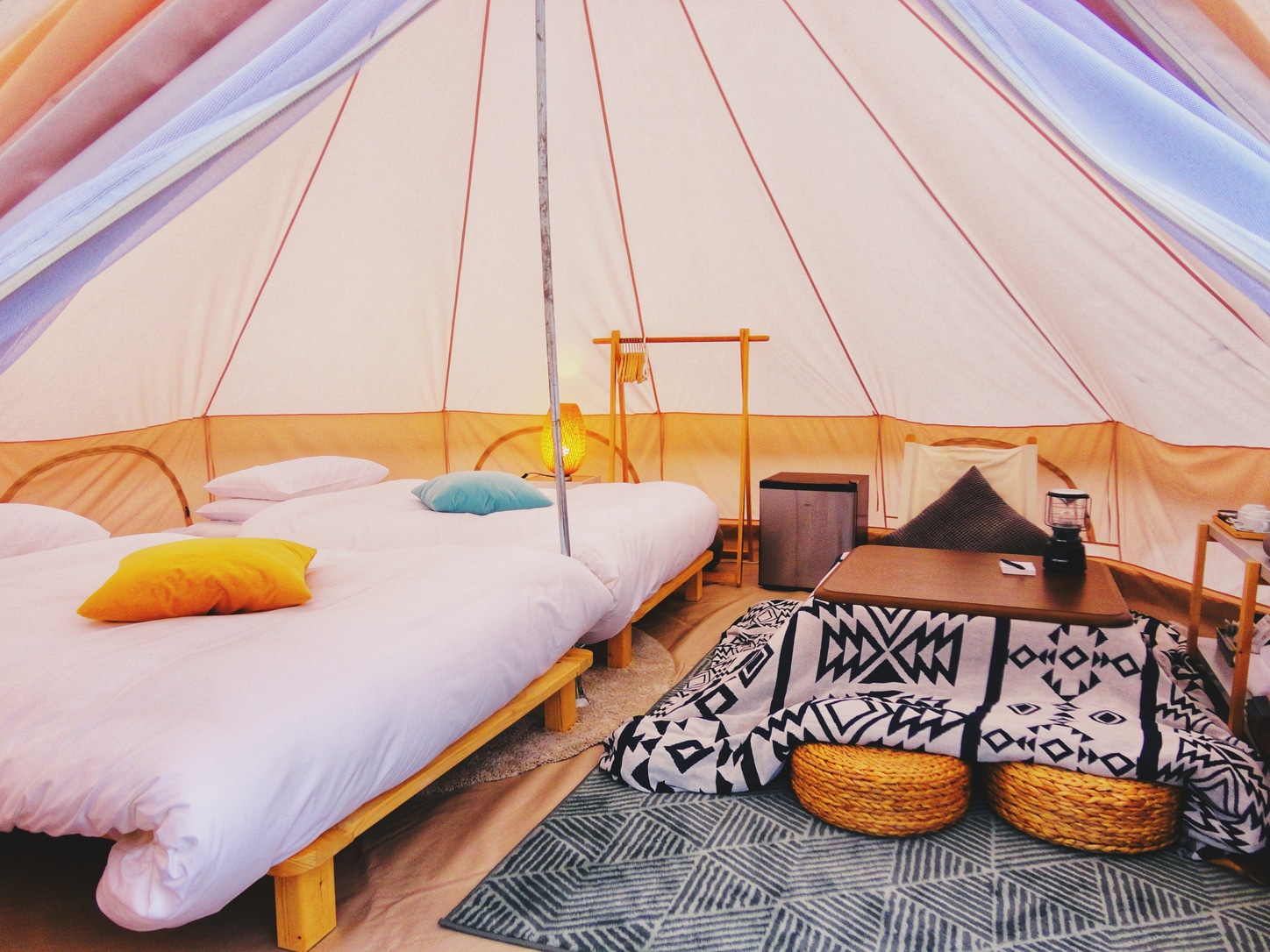If you’re a group of five remote islands lying on the westernmost edge of Kyushu, a name like Five-island Archipelago (Goto Retto) probably isn’t going to help your case. Fortunately, Goto (as the island group is known locally) has plenty more charm than its name lets on. Goto’s appeal (besides its off-the-beaten-path snob factor) is diverse. It has an intriguing history as a haven for persecuted Christians in the Edo period; abundant nature filled with pristine beaches, craggy coastlines and superb mountain views; quaint local traditional fishing villages; and, needless to say, unique cuisine (think grass-fed Goto wagyu beef and udon coated with tsubaki or camellia oil) that will lure even the fussiest foodies to its shores.
Focus on Fukue
Stretching from southwest to northeast in the East China Sea, the islands of Fukue, Hisaka, Naru, Wakamatsu and Nakadori make up Goto. A majority of the 70,000-strong population live on either Fukue or Nakadori. Fukue is the largest and most populated island, and the main gateway for exploring Goto. It forms part of Goto City, which makes up the southern half of the archipelago.
The best way to get to Fukue is to take a ferry (about three hours) or a hydrofoil (about one-and-a-half hours) from the port of Nagasaki (the prefecture is about two hours away from Tokyo by plane or seven-and-a-half hours by rail). Although there are three daily flights from Nagasaki Airport to Fukue Airport, nothing beats the lull of the ferry’s slow approach toward the island as the 315m-tall Mt Onidake, a dormant volcano that’s also a popular hiking spot, comes into view.
Buses run around the island but they’re mostly for locals and generally don’t serve the tourist track. For this reason (and also because of the hilly terrain), it’s advisable to rent a car, which you can do at the ferry terminal.
House of a Lord
A five-minute walk from the ferry terminal is Fukue Castle (also known as Ishida Castle). Goto City is built around the castle, which was the last to be completed in Japan before the feudal era ended. Only the old moat remains now, and a high school occupies the castle grounds (kind of cool for the kids, right?), but you can still slip back in time via a visit to the painstakingly restored residence of the former feudal lord of Goto (make sure you check out the secret underground passageways used during emergencies).
Built more than 150 years ago, the residence also houses a scenic garden modeled after that of Kyoto’s famous Kinkakuji (Golden Pavilion). Find your inner zen by strolling around the garden’s Shinji-ga-ike, a pond that’s said to be shaped as 心, the kanji character for “heart.” While you’re at it, try spotting the 36 turtle-shaped rocks scattered around the garden made from Mt Onidake lava. Lord Morinari Goto had such a soft spot for these creatures he even created a parlor named Kame-no-ma (Turtle Room), complete with turtle-shaped nail coverings on panels in the room.
Samurai Street
Just five minutes’ walk south of Fukue Castle is Bukeyashiki-dori (Samurai House Street). Feel time standing still from over a century ago as you stroll through this approximately 400m-long picturesque street lined with shoulder-high stone walls marked by ends shaped like kamaboko (steamed fish paste formed into cylindrical loaves), as they have been affectionately described by locals.
On this street, you’ll find the Furusato-kan building, which is officially designated as a historic site by Goto City. Take a breather in the café and try Kankoro Mochi, a Japanese sweet (and local soul food) made from rice and steamed sundried sweet potatoes. You can also try crafting your own souvenirs, including vegetable-dyeing a handkerchief, making your own photo frame or creating your own pair of chopsticks (and chopstick holder) from Japanese cypress, which you can then coat with tsubaki oil, one of the islands’ most famous exports.
Restaurant with a View
For a gastronomy journey, head to Tsubaki Chaya, a traditional Japanese restaurant said to be around 150 years old. Prepare to be wowed by a panoramic view of the turquoise waters in the distance.
You’ll be hard-pressed to decide what to focus on: the gorgeous view or the culinary delights, which include the freshest seafood caught off Goto’s shores, juicy local vegetables, succulent grass-fed Goto beef and the famous Goto udon. Goto beef is a type of wagyu that boasts a long history (said to stretch back to Japan’s neolithic Yayoi period) and is well known for its tender texture and exceptional fragrance. Goto udon is a local thin noodle coated with tsubaki oil to make it smooth and firm even after cooking for a long time. Both demonstrate a deep connection to the people of Goto.
The Beach
On the western coast of the island, Takahama Beach beckons with its half a kilometer of white sand sloping into azure waters. Sagano Island can be seen in the distance over the shimmering ocean. At the back of the beach, look out for a statue of the Gyoran Kannon, or the Buddha of Fishermen (with fish in hand). Takahama Beach is undeniably one of Fukue’s most photogenic spots. It has been selected as one of Japan’s 100 most beautiful beaches and one of its 100 best swimming beaches. Best of all, this sandy paradise is almost never crowded except for three weeks in summer starting from Sea Day in July, which signals the start of Japan’s swimming season.
Lighthouse Beauty
For more adventure, head toward the westernmost end of the island and you’ll find the Osezaki Lighthouse standing in all its splendid white solitude. (It’s about an hour’s drive from the ferry terminal.) The current lighthouse dates back to 1971, while the original structure was erected in 1879 (and part of it has become a permanent exhibit at the Museum of Maritime Science in Odaiba, Tokyo).
A hiking trail (1.2km one way) suitable for beginner- to intermediate-level hikers, leads to the lighthouse. Make sure you’re camera ready – once you’ve reached the lighthouse platform, you won’t want to leave without photographic evidence of the spectacular views of the East China Sea and the wave-battered Osezaki Cliff. Time your visit to coincide with sunrise or sunset if possible.
Goto Glamping
For adventure seekers who also love a proper mattress, check out the latest addition to Japan’s glamping scene: Nordisk Village Goto Islands. Opened in September 2018, it’s a collaboration between Fujita Kanko, one of Japan’s leading hotel and tourism companies, and Danish outdoor equipment maker Nordisk. It is also said to be Asia’s first Hygge (Danish for “comfortable and cozy”) Scandinavian-style glamping facility.
Nordisk Village is built on the site of a former elementary school. The wooden school building has taken on a new life after being renovated to serve as reception, café and restaurant. The distinctive round tents are each fitted out with two double beds, heaters, Bluetooth speakers and other modern facilities (there are also rooms in the building if tents are not your thing). Of course, no glamping experience is complete without delicious grub – in this case, healthy local cuisine using the best ingredients sourced from the island’s farming and fishing communities (breakfast and dinner are included). Bonfire on the grounds kicks off at 8pm, so cozy up and let the Goto vibe take over.
Sponsored Post

